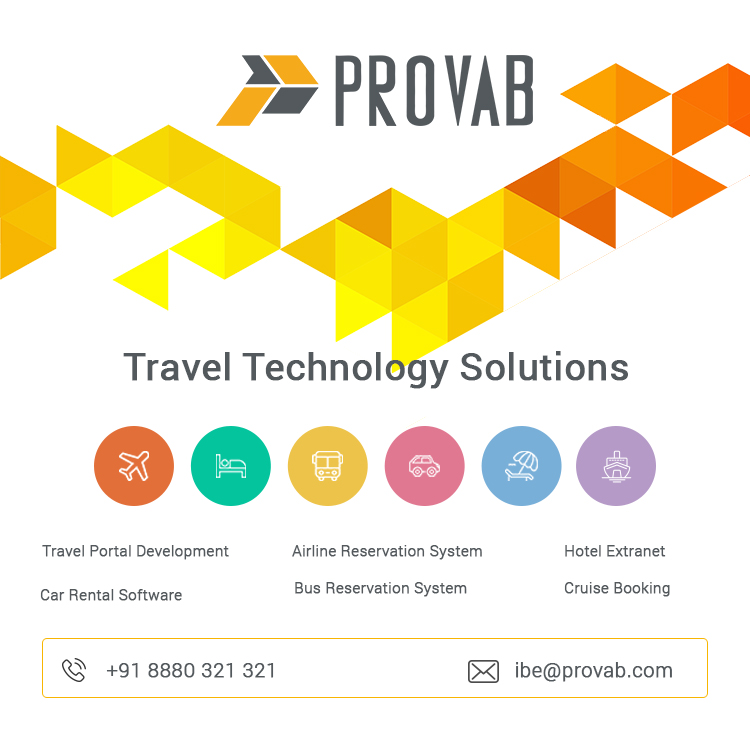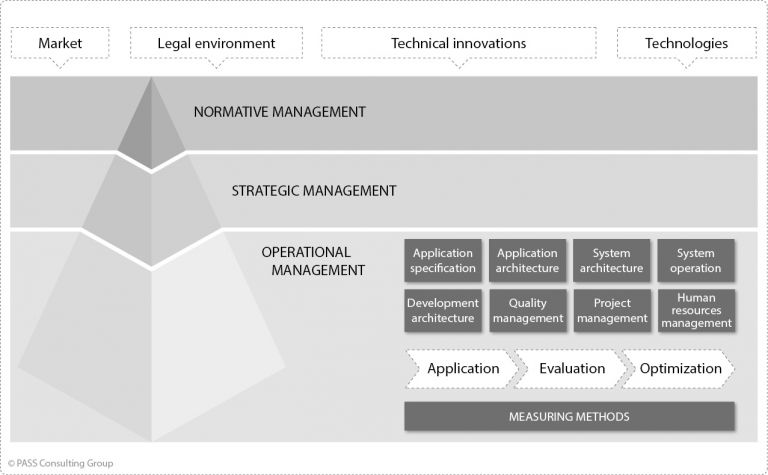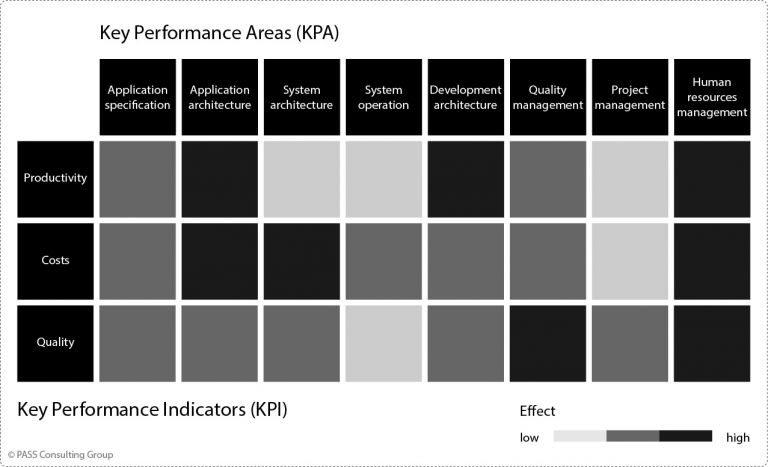
How can software development manage efficiency and quality efficiently and sustainably? A leadership model based on KPI as a reaction.
Productivity is affected by industrial techniques, such as standardization and automation. Therefore, industrial software development does not aim at mass production of comparable products. On the contrary, it allows for a high degree of individualisation through a small-scale standardization of business and technical components.
>> Looking for a Software Development team? : Connect with Sales

The manufacture : software development as a handcraft
If the product to be created is considered unique and the process of development is very individual, we are talking about a manufacturer of software. While there are languages for programming, compilers, development environments, instruments, etc. Are used, manual work is commonly defined by the development activity. Usually a manufacturer’s product quality is regarded as good, but it is extremely dependent on developers’ experience and abilities.
Improvements by means of norms for growth
Improvements in performance can be achieved through the application of technical and process norms, such as:
Program guidelines and design patterns that can be incorporated with version control schemes, code analysis instruments, etc.
Frameworks for the development of reusable technical parts
Standard architectures that provide established system elements and promote the integration of the software created with these system parts and a subsequent exchange
Modern development paradigms that reduce the effort to implement the new code by delegating tasks to the underlying platform and combine the strengths of object-oriented and functional programming concepts, for example
Process models for procedures and techniques for all software development competence fields, including templates for all papers to be produced
One of the advantages of norms is that certain specifications can be achieved without implementing and testing individual code or less. A key benefit: quality and productivity are independent of individual actors’ experience and manual skills.
Selective measures are no guarantee for sustainable improvements
Experience has shown that individual interventions for enhancement are not adequate to substantially and sustainably boost productivity. The implementation of a modeling instrument on its own does not ensure the benefits that has to give: staff must be simple to use. If modeling needs company and tech model-based development technical expertise, it may require additional roles or abilities. For subsequent process measures, the development of the models must have a direct advantage.
Sometimes the measures intended to be improved diminish productivity. Only if the respective item is further developed can this become evident after a fresh development has been completed. Therefore, measurements are needed to reliably determine the measures’ efficacy over a longer period of time. These measurements should at least consider quality and productivity, since at the cost of quality and vice versa it would be harmful to enhance productivity. Furthermore, it has been discovered that the more effectively the enhancement policies are the better scheduled in advance. You should be conscious of their cost and leverage when planning. Another significant element is how various measures affect each other.

The theoretical functioning of the model
The management model used for several years at the PASS Consulting Group is based on three key performance indicators (KPIs) and the corresponding methods of measurement. By evaluating the functional size of the developed software and the necessary staff expenses, the productivity of a development method is calculated. An analytical productivity analysis also requires a simultaneous quality measurement due to the dependencies – and thus another method of measurement.Finally, consideration should be given not only to staff expenses but also to licensing and infrastructure expenses. This leads to efficiency, expenses and quality of the three KPIs.
This model is based on the cyclic implementation of measuring techniques, their findings analysis and evaluations, and derived techniques of optimization. The so-called Key Performance Areas (KPAs) play a major part in the optimization stage. These are regions that have different degrees of impact on the KPIs and are therefore places of action for feasible measures for enhancement.KPIs show whether there is a need to improve productivity, expenses and/or quality relative to the baseline or other organisational units. KPAs provide advice on especially efficient fields of intervention to enhance these KPIs. Such a consideration is generally complemented by a calculation of the anticipated enhancement based on a measure’s scope and possible reciprocal impacts of several measures.

The KPIs collected and evaluated in the next cycles after the implementation of improvement measures show whether the assumptions about efficacy are correct or whether control measures need to be taken, e. g.Recalibration of the presumed KPI / KPA leverage impacts. This data is a significant foundation for managing the organisation and is also used to verify compliance with the objectives of the company.
Practical implementation
This leadership model has been used by PASS Consulting Group for several years. A self-developed technique for evaluating the functional range, the method of information interaction point, is the essence of the scheme. The implementation, assessment and optimization stage of the measurement techniques is performed in a monthly cycle. The findings will be submitted at the Quality Controlling Meeting (QCM) to the appropriate development executives and strategic management and optimization choices will be produced in this committee.
In the second book of the book series “Increasing software development productivity,” this leadership model and its practical implementation are outlined in detail.




